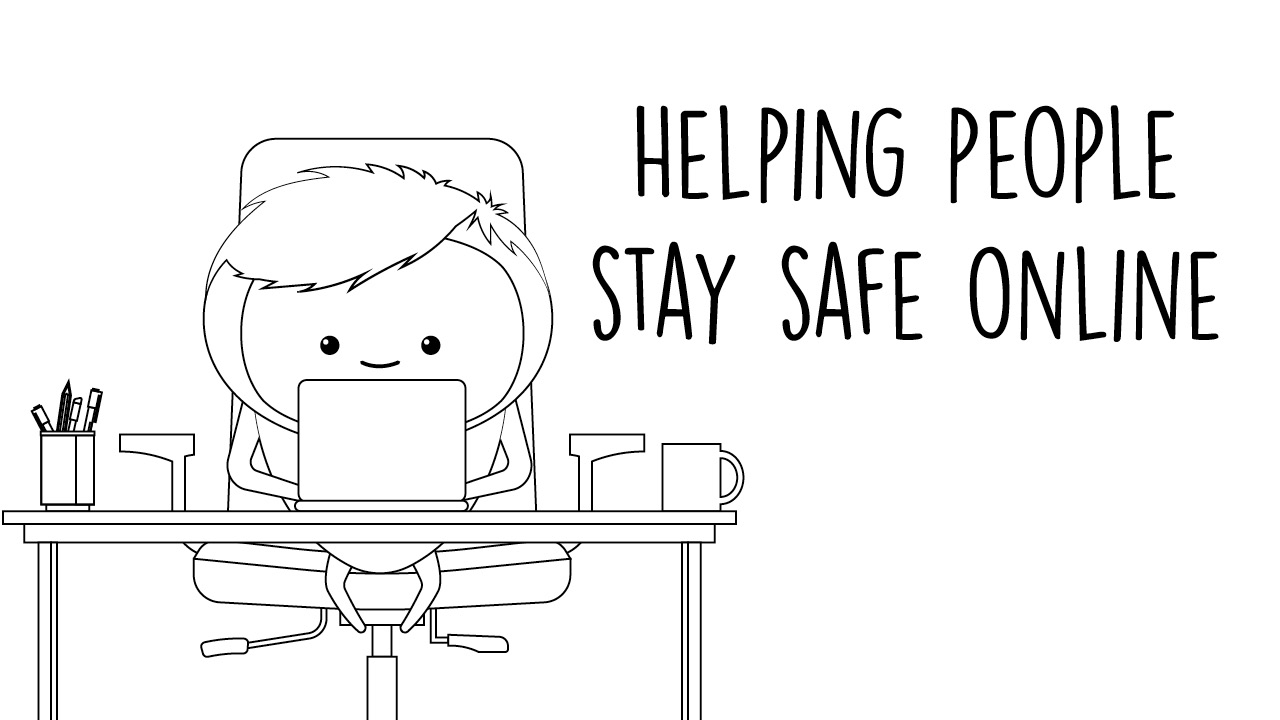Things are gradually returning to something resembling normal in the education world since schools reopened in the UK in March 2021. Many of us, whether parents, teachers, or other people working with children, will have breathed a sigh of relief to see kids returning to the classroom.
Sadly, we know that for many children and young people, home was not a safe place during the lockdown. The NSPCC reported a 79% increase in referrals about potential child abuse during the UK lockdown.
This means that safeguarding is now more important than ever. If you're interested in safeguarding training for the team of staff who work in your school, read on to find out more.
Why Is Safeguarding Training Important?
Anyone working with vulnerable people, including children and young people, has a duty of care to protect them from harm. This involves recognising individuals who may be at increased risk of harm. Staff also need to be able to identify any tell-tale signs of abuse or neglect.
Safeguarding training enables staff to communicate with vulnerable groups, including children. It also teaches personnel to correctly record any suspected instances of abuse and neglect, and how to report these findings to the relevant authorities.
These are all critical aspects of working with children. No one likes to think of this kind of thing going on, but we all know that it does, and we have to take responsibility. Let's look at safeguarding awareness in a little more detail.
Basic Safeguarding Awareness
Safeguarding is essentially another form of risk management. It's about identifying risks that may affect vulnerable people. In schools, this means children and young people, primarily.
Safeguarding training enables those who come into contact with vulnerable people to identify signs of neglect and to know what to do about it. All organisations need to have procedures and policies in place to protect vulnerable people. This ensures that they are safe and protected.
Safeguarding children, of course, is a key responsibility of anyone involved in the running of a school. A child is legally defined in the UK as anyone under the age of 18.
Safeguarding children means protecting them from any form of abuse, exploitation, or maltreatment. It also means ensuring that they are protected from anything which could harm their development or health and taking action to make sure they have the best outcomes in life.
Types of Abuse
This is a subject that no one wants to think about, but the truth is that teachers and other staff working in schools are in a strong position to recognise signs of abuse and neglect in children. It's important, therefore, to be aware of the different kinds of abuse that children can be subject to, and which ones you need to be on the lookout for.
Physical Abuse
This is perhaps the most widely recognised form of abuse and involves any rough handling or hitting, use of physical punishments, or restraint. It could also include a parent or carer fabricating symptoms of illness, or in fact inducing illness.
In younger children in particular, it can be difficult to tell the difference between injuries caused by abuse and those caused by accident. Good safeguarding training resources will help professionals to learn more about this and identify intentionally inflicted injuries.
Sexual Abuse
Sexual abuse can occur both in person and online and can be perpetrated by strangers or people known to the child or young person. Abusers can be male or female, young or old.
Sexual abuse can be very difficult to detect, as often the abuser will have created a culture of secrecy and may even have made threats to the child about what will happen if anyone finds out.
Emotional Abuse
Psychological abuse can be perpetuated by parents or by other young people in the form of bullying, which can happen online as well as offline. It can include intimidation, humiliation, and verbal abuse.
Other more subtle forms include having inappropriate expectations of children, making them feel inadequate and unloved or exposing them to the ill-treatment or abuse of others. Children witnessing domestic violence has been a particular concern during the pandemic.
Neglect
Neglect is often suspected but less often reported. The definition of neglect is a persistent failure to meet basic needs. This includes shelter, clothing, and food. Neglect also involves failure to provide adequate supervision and protection from harm or danger.
Neglect can manifest in excessive hunger, poor personal hygiene, changes in weight, insufficient clothing, and poor relationships with other children and young people. Like all forms of abuse, neglect can be very distressing to witness.
Creating a Safe Culture at Your School
Safeguarding training in schools is a critical aspect of creating a safe environment for every child and every staff member at your school. The pandemic has created enormous challenges for schools, with ever increasing health and safety and compliance requirements.
A safe culture in a school is one where people feel safe to report concerns. These might be relating to COVID-19 risks, such as social distancing or ventilation in the classroom, or other physical risks on the school estate.
Likewise, staff need to feel confident and safe to report any concerns they might have regarding the safety and wellbeing of children in their care. This includes physical, mental and emotional wellbeing.
Whistleblowing in Schools
It's not nice thinking about, but what if there was a staff member within your school who was doing something unsafe or illegal? Would their colleagues feel safe to speak up?
A clear whistleblowing policy is a critical part of a school's safeguarding infrastructure. The senior management team of any school need to feel confident that there is a process in place to protect whistleblowers who report suspected wrongdoing in the workplace.
In an ideal scenario, staff would report concerns internally first, before going to an external body. Schools should have a named member of staff to receive these kinds of concerns. Staff should also be aware of all relevant external authorities too, should they feel the need to report externally in the first instance.
The most important thing is protecting the child from harm, and a culture of safety and protection is the way to achieve this.
Staying Safe Online
Another critical tool in the safeguarding toolkit is about maintaining safety online, for children and young people and for adults, too. This involves protecting people from online abuse.
Children and adults alike can be affected by bullying and abuse via social media and other forms of digital communication. Abusers can also groom children and young people online, as a precursor to physical abuse.
It's important that school staff know how to recognise, respond to, and report any kind of online abuse, as well as how to take measures to prevent it from happening in the first place.
Promoting and Supporting Mental Health in Schools
The pandemic has taken its toll on all of us. Children and young people in particular have suffered. Most were unable to see their friends for long periods of time. Many children and young people will be suffering the after-effects of the pandemic for many years to come on top of the pre-existing pressures of growing up.
Children and young people can be supported to remain mentally well by being allowed to explore, develop their interests, feel part of a community and have their physical health supported, too. Children learn resilience when they are supported when things are not going so well and helped to problem solve.
Health and Safety Compliance for Schools
Schools have a duty of care to protect all students, staff members, and visitors to their premises from harm. The burden of health and safety compliance for schools is now quite onerous and it may well be that you feel like you need some help.
By investing in school compliance software, the burden can be lessened. This can involve help with policy formulation, risk assessments and the scheduling of risk management related tasks.
The iAM training library also contains a wide range of training materials, including a collection of safeguarding training videos. There's no need to stress about safeguarding when you have these resources to hand to train your staff on this important issue.
Safeguarding Training for Schools
Anyone who works in a school knows that the health and safety of the students in their care is a top priority. Safeguarding in schools involves ensuring that staff are protected, too. This is especially relevant if they need to raise safeguarding concerns.

